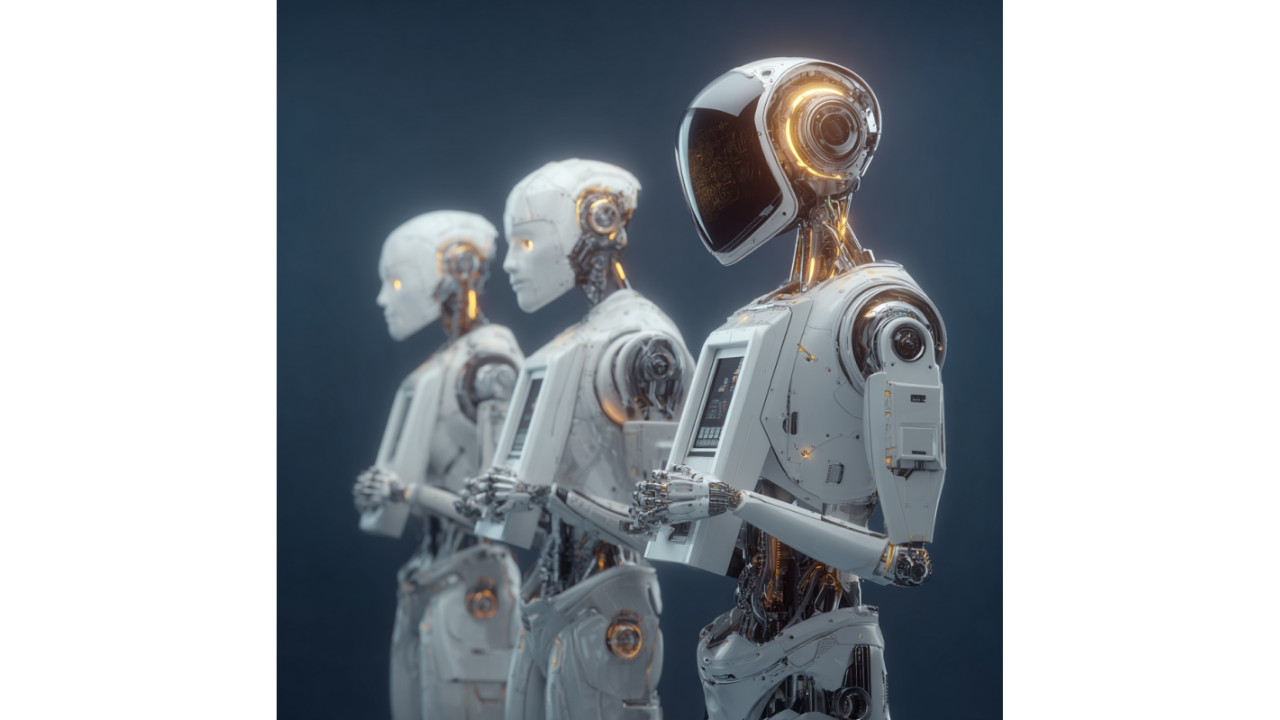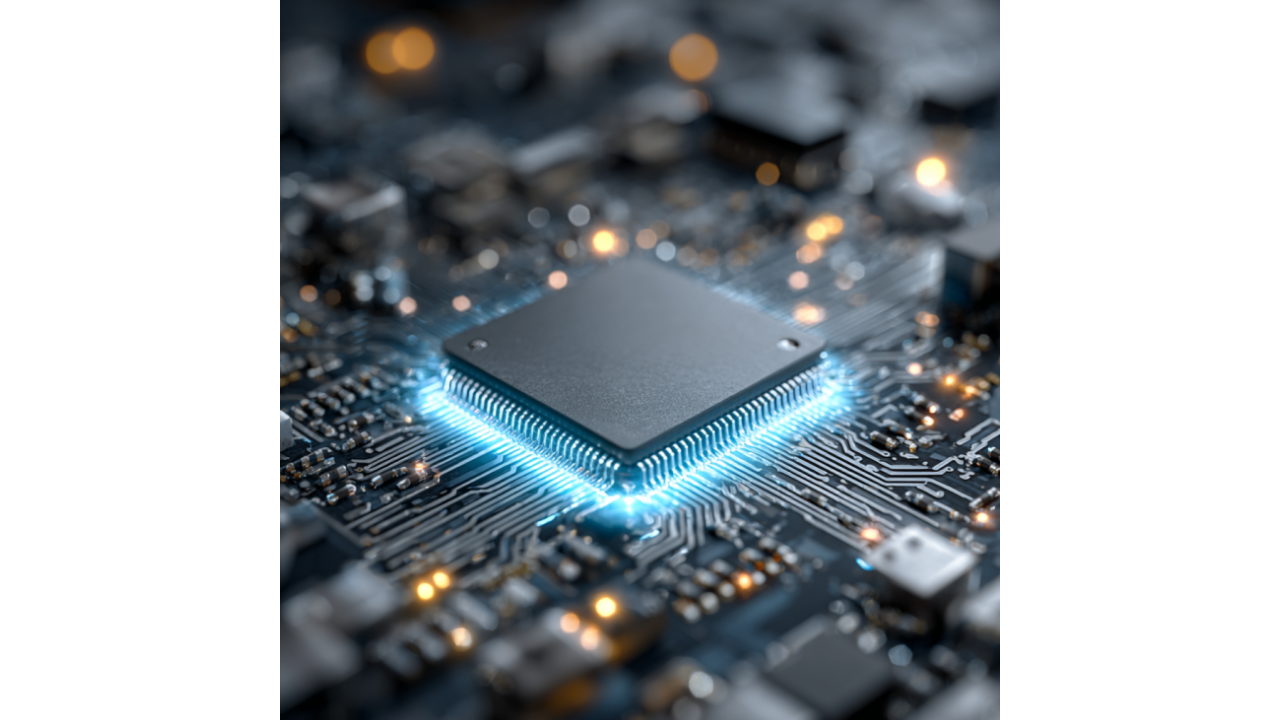Microsoft's Autonomous GitHub Agents Tackle $85B Technical Debt
While the tech world obsesses over quarterly earnings and market valuations, Microsoft has been quietly engineering solutions to problems that have...
4 min read
 Writing Team
:
Oct 27, 2025 8:00:01 AM
Writing Team
:
Oct 27, 2025 8:00:01 AM
-2.png)
A Swiss startup is keeping clusters of living human neurons alive in nutrient solution, zapping them with electricity, and using their responses to perform computational tasks. If that sentence didn't make you pause, you're not paying attention.
FinalSpark—co-founded by Dr. Fred Jordan—is pioneering "biocomputing" or "wetware" by creating processors from brain organoids containing approximately 10,000 neurons each. Ten universities are now collaborating with the company, which maintains a live feed of neural activity on its website. The organoids survive up to four months before dying, sometimes with a final burst of activity that Jordan describes as "similar to the brain's final surge before death in humans."
We need to talk about what's actually happening here and why the enthusiasm around biological efficiency might be obscuring some genuinely uncomfortable questions.
FinalSpark creates brain organoids from human skin cells that are reprogrammed into stem cells and then developed into neurons. Each organoid—roughly the size of a fruit fly's brain—lives in nutrient-rich solution connected to electrodes. Scientists send electrical pulses through these electrodes, and the neurons respond with activity spikes that function as a biological equivalent of binary computing.
BBC science editor Zoe Kleinman visited the lab and described pressing a keyboard key that triggered electrical impulses into the organoid, producing "faint jumps in neural activity, resembling an EEG readout." The organoids can demonstrate basic learning behaviors when "rewarded" with dopamine, mimicking how human brains learn through reinforcement.
Jordan's pitch is straightforward: "Instead of trying to mimic the brain with silicon, let's use the real thing." The biological efficiency argument is compelling—neurons are reportedly one million times more energy-efficient than artificial ones. With AI models consuming massive amounts of power, biological processors could theoretically solve the energy crisis.
Let's start with the practical issues. These organoids can't be rebooted when they die. They lack blood vessels, which limits how large they can grow before cells in the center die from lack of oxygen and nutrients. Professor Simon Schultz from Imperial College London called this "the biggest ongoing challenge," noting that researchers don't yet know how to solve it.
The organoids survive four months maximum. When they die, scientists sometimes observe a final burst of neural activity before everything stops. Jordan describes having to "stop the experiment, understand the reason why it died, and then do it again." This isn't like replacing a failed hard drive—it's watching biological tissue die, analyzing what went wrong, and growing new neurons to try again.
Now let's address what everyone's carefully avoiding: we're creating simplified versions of human brain tissue, keeping them alive in artificial conditions, electrically stimulating them, and using their responses to perform computation. The fact that this is technically impressive doesn't make it unproblematic.
FinalSpark emphasizes that their organoids lack pain receptors and complex brain structures, so they cannot experience consciousness. The company works with ethicists to ensure research remains within "clear moral boundaries."
But here's the uncomfortable reality: we don't actually understand consciousness well enough to definitively state what can and cannot experience it. We know complex human brains are conscious. We assume 10,000 neurons aren't sufficient for consciousness. But that assumption is based on structural similarity to brains we know are conscious, not on fundamental understanding of what consciousness requires.
As these organoids grow larger and more complex—which is the obvious trajectory if biocomputing develops—at what point does the question of experience become unavoidable? When organoids contain 100,000 neurons? A million? When they demonstrate more sophisticated learning behaviors? When they form structures that resemble specific brain regions?
The researchers developing this technology are the ones deciding where those boundaries lie, with limited oversight and no clear regulatory framework. That should concern us.
Jordan claims biological neurons are "one million times more energy-efficient" than artificial ones, positioning biocomputing as a solution to AI's power consumption problem. That efficiency calculation deserves scrutiny.
Biological neurons require continuous life support—controlled temperature, pH-balanced nutrient solution, waste removal, sterile conditions. They die after four months and must be replaced. The infrastructure maintaining these conditions consumes energy. The process of growing new organoids from skin cells requires resources and energy. When you account for the complete system rather than just the neurons themselves, the efficiency advantage becomes less clear.
Silicon chips are reliable, scalable, and improvable through iterative engineering. Biological tissue is fragile, inconsistent, and fundamentally limited by biological constraints we can't engineer around. The comparison between neuron efficiency and chip efficiency ignores all the supporting infrastructure required to make either system functional.
Imagine biocomputing succeeds beyond current expectations. Data centers powered by vats of living human neurons, processing information through biological tissue grown from human cells. Those neurons are electrically stimulated billions of times per day, rewarded with dopamine when they produce desired responses, and replaced every few months when they die.
Is that future we're building toward actually preferable to improving silicon efficiency? The answer isn't obvious, despite how proponents frame it.
There are legitimate applications for this research beyond replacing silicon chips. Brain organoids help researchers study neurological diseases like Alzheimer's and autism. They enable drug testing on human tissue without requiring human test subjects. Understanding how biological neural networks process information could advance neuroscience fundamentally.
But "let's use living human brain tissue as processors because they're energy efficient" raises questions that pure research applications don't. We're not just studying neurons—we're using them as computational resources.
Australian firm Cortical Labs taught artificial neurons to play Pong in 2022. Johns Hopkins University is studying mini-brains to model diseases. FinalSpark has 10 universities collaborating and maintains a public feed of neural activity. This isn't speculative research confined to a single lab—it's an emerging field with growing investment and expanding applications.
As with most emerging technologies, development velocity is outpacing ethical consideration. Scientists are experimenting with what's technically possible while ethics discussions happen in parallel rather than guiding the work. By the time we've established clear boundaries around what should and shouldn't be done with biological computing, researchers will have already pushed past several of those boundaries.
Jordan describes feeling like he's "in the book, writing the book" of science fiction. That's an accurate description, and it reveals the mindset driving this research—excitement about technical possibility overwhelming caution about implications.
Biocomputing represents genuinely novel approaches to computation and valuable neuroscience research. The technical achievements are real. The potential applications for disease modeling and drug testing are important.
But the enthusiasm around biological processors obscures legitimate concerns about consciousness, treatment of biological tissue, and whether the efficiency gains justify the ethical complexity. The fact that organoids currently lack structures associated with consciousness doesn't mean they always will, and we're building this technology without clear frameworks for what happens when they do develop those structures.
We're also watching a pattern that repeats across AI development: technical capability advancing faster than ethical consideration, with researchers deciding acceptable boundaries through experimentation rather than deliberation. The companies building these technologies collaborate with ethicists, but those ethicists advise rather than constrain.
The question isn't whether biocomputing research should exist—it already does. The question is whether we're approaching it with appropriate caution or just racing toward technical milestones because they're achievable. Based on current trajectories, the answer looks like the latter.
If you're navigating emerging technologies and need strategic guidance that considers both capability and implications, our growth strategists can help you think through adoption decisions that account for more than just technical performance. Let's talk about building technology strategies that consider what should be done, not just what can be done.

While the tech world obsesses over quarterly earnings and market valuations, Microsoft has been quietly engineering solutions to problems that have...

This morning, a configuration file got too large and broke the internet. Well, a fifth of it, anyway.

Quantum computing has a chicken-and-egg problem: You can't build better quantum chips without understanding how noise and crosstalk destroy qubit...